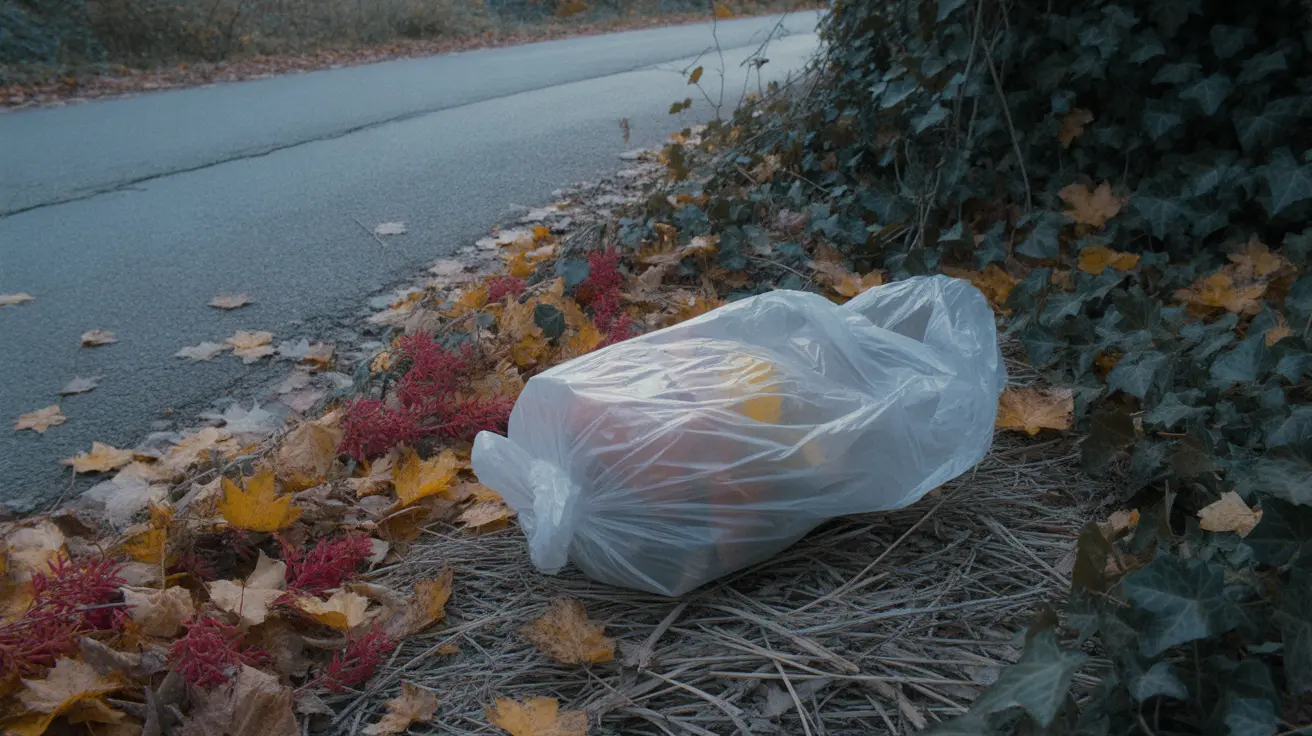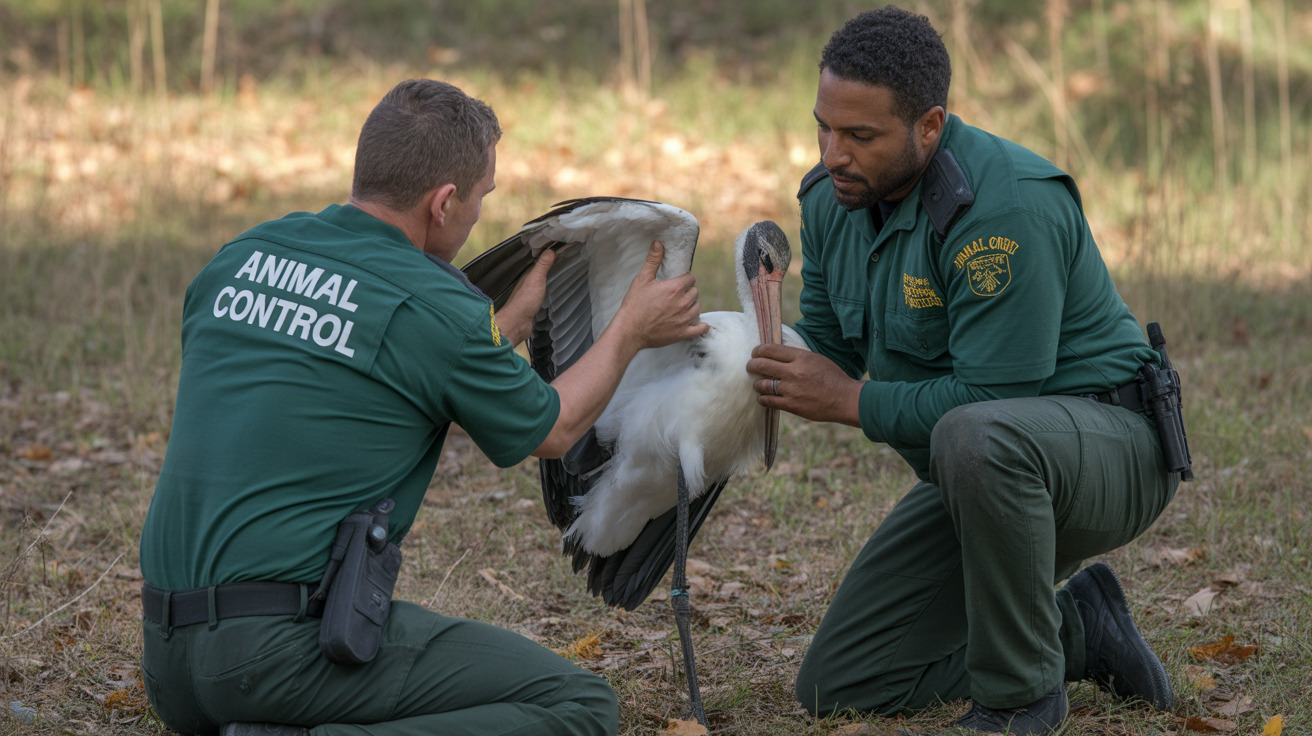How to Treat a Dog Obsessively Licking Fabric
Does your dog continuously lick blankets, bed covers, or other fabrics? This behavior—though sometimes harmless—can become obsessive and may indicate underlying issues. Understanding why dogs engage in excessive fabric licking helps determine the most effective treatment. Below, we explore common motivations and outline actionable strategies to curb this behavior.
Common Reasons Dogs Lick Fabric
- Comfort and Self-Soothing: Dogs often find solace in rhythmic behaviors like licking, especially if they’re stressed or anxious. This can be a carryover from puppyhood, where nursing brought comfort.
- Scent or Taste Attraction: Fabrics retain lingering smells from food, human sweat, or body scent. These fragranced materials may become highly appealing to dogs, particularly in your absence.
- Boredom or Habit: Dogs lacking varied stimulation may find repetitive behaviors like licking to be satisfying. Without mental challenges or physical exercise, they look for other ways to pass time.
- Anxiety and Stress: Environmental changes, loud noises, and separation anxiety can all prompt comfort-seeking behavior like licking. It often increases in times of uncertainty or disruption.
- Medical Reasons: Underlying health problems like nausea, gastrointestinal issues, gum or dental pain, skin irritations, or even cognitive dysfunction in older dogs may drive fabric licking.
- Attention-Seeking: If a dog notices that this action gets your attention—good or bad—it may repeat the behavior to get further engagement.
Treatment Strategies for Fabric Licking
Once you've evaluated the potential cause, consider these effective treatment approaches:
1. Increase Mental and Physical Stimulation
- Engage your dog with daily walks, playtime, and interactive toys.
- Try food-dispensing puzzles or scent-based games to keep their minds engaged.
2. Assess Nutrition and Health
- Ensure your dog’s diet is complete and balanced. Dietary deficiencies can cause obsessive behaviors.
- If persistent licking is new or accompanied by other symptoms like vomiting, appetite changes, or lethargy, visit your vet promptly.
3. Practice Good Fabric Hygiene
- Wash blankets and bedding regularly to remove any food or human odor residues.
- Switch fabrics if certain materials seem particularly alluring.
4. Apply Bitter Deterrents
- Use safe, pet-friendly bitter sprays on the target fabrics.
- Monitor your dog’s reaction and adjust training strategies accordingly.
5. Train with Positive Reinforcement
- Redirect your dog when licking begins. Offer a toy or engage them in play.
- Reward them for switching activities using treats or praise.
- Teach commands like “leave it” to help prevent future fabric licking.
6. Create a Calm Environment
- Dogs prone to anxiety need a calm and predictable living space.
- Consider crate training, playing calming music, or using diffusers with dog-safe essential oils.
7. Address Medical Causes Proactively
- If licking is sudden or obsessive, particularly in senior dogs, schedule a medical evaluation.
- Digestive issues, skin conditions, dental diseases, and cognitive decline should be ruled out.
8. Discourage Reinforcement Through Attention
- Avoid scolding or showering the dog with attention during licking episodes.
- Instead, give praise when the dog displays desired behaviors or rests quietly.
When to Seek Professional Help
- If the behavior becomes compulsive or signs of distress accompany it, consult your veterinarian.
- Persistent cases may benefit from the expertise of a canine behaviorist.
Conclusion
While fabric licking may seem harmless, it can mask more serious physical or emotional issues. By identifying the motivation behind the behavior and implementing a targeted plan involving stimulation, training, hygiene, and medical care, most dogs can overcome obsessive licking. Always consult with veterinary professionals when in doubt to ensure your pet’s health and well-being.





